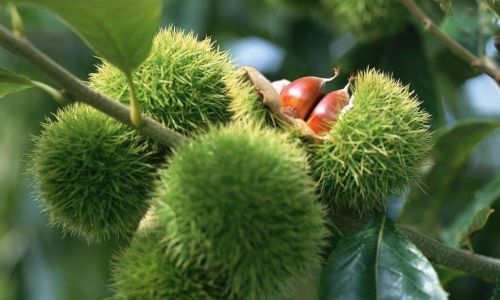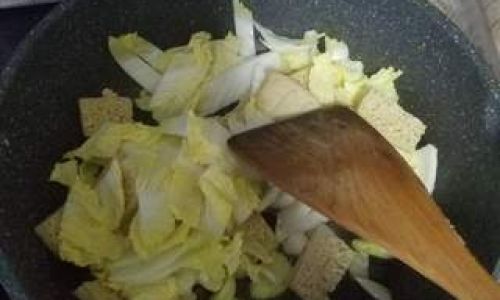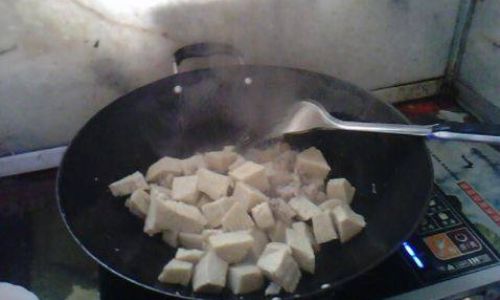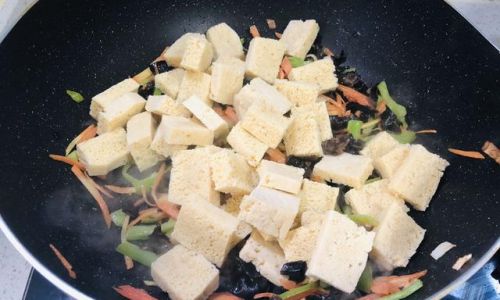Chestnuts, often referred to as the “bread of the forest,” have been a culinary staple across cultures for centuries. Revered for their sweet, earthy flavor and versatile texture, these nuts offer a delightful departure from the ordinary. Whether roasted over an open fire, simmered in a hearty stew, or transformed into decadent desserts, chestnuts hold a unique place in global gastronomy. This article explores the myriad ways to prepare and savor chestnuts, ensuring every bite is a celebration of their rich taste and nutritional benefits.
A Brief History and Nutritional Profile
Chestnuts (Castanea spp.) have nourished humans since ancient times, with evidence of their consumption dating back to prehistoric Europe and Asia. Unlike other nuts, chestnuts are low in fat and high in complex carbohydrates, making them a valuable energy source. A 100-gram serving provides approximately 245 calories, 53 grams of carbohydrates, and 5 grams of protein. They are also rich in vitamin C, fiber, potassium, and antioxidants, offering a nutritional profile that supports heart health, digestion, and immune function.
Roasting: The Classic Approach
Roasting chestnuts is perhaps the most iconic method, evoking images of cozy winter evenings and street vendors with steaming braziers. The process begins with scoring the flat side of each chestnut with a sharp knife—a crucial step to prevent explosions during cooking.
Oven-Roasted Chestnuts:
- Preheat the oven to 425°F (220°C).
- Place scored chestnuts on a baking tray, cut-side up.
- Roast for 15–20 minutes, shaking the tray occasionally.
- Peel while still warm, as the shells harden upon cooling.
For added flavor, toss the roasted chestnuts in melted butter, honey, or a sprinkle of sea salt. Alternatively, infuse them with rosemary or smoked paprika for a savory twist.

Open-Fire Roasting:
For a rustic experience, roast chestnuts over an open flame using a perforated pan or wire basket. Turn frequently until the shells char and split. This method imparts a subtle smokiness that pairs beautifully with a glass of red wine.
Boiling and Steaming: For Tender Perfection
Boiling or steaming chestnuts yields a softer texture, ideal for purées, soups, or mash.
Boiling Method:
- Score chestnuts and immerse them in boiling water.
- Simmer for 15–20 minutes until tender.
- Drain and peel immediately.
Steaming Method:
- Place scored chestnuts in a steamer basket over boiling water.
- Steam for 20–25 minutes.
Both methods preserve the nuts’ natural sweetness. Boiled chestnuts can be mashed with butter and cream for a silky side dish or blended into a velvety soup with leeks and potatoes.
Chestnuts in Soups and Stews
Chestnuts add depth to savory dishes, particularly soups and stews. Their starchy texture thickens broths, while their sweetness balances earthy flavors.
Chestnut and Mushroom Soup:
Sauté diced onions, celery, and garlic in olive oil. Add sliced mushrooms (such as shiitake or porcini) and cook until golden. Stir in boiled chestnuts, vegetable stock, and thyme. Simmer for 30 minutes, then blend until smooth. Garnish with crispy bacon bits or a drizzle of truffle oil.
Chestnut and Chicken Stew:
Brown chicken thighs in a Dutch oven, then set aside. Sauté carrots, parsnips, and leeks until tender. Return the chicken to the pot, along with chestnuts, chicken broth, and a bay leaf. Simmer until the meat falls off the bone. Serve with crusty bread for dipping.
Sweet Treats: From Purées to Pâtisserie
Chestnuts’ natural sweetness shines in desserts, where they can be transformed into purées, mousses, or cakes.
Chestnut Purée:
Boil chestnuts until tender, then peel and blend with a splash of milk, vanilla extract, and a pinch of salt. The result is a smooth, versatile paste that can be used as a filling for croissants, a topping for pancakes, or a base for ice cream.
Mont Blanc Dessert:
A French classic, Mont Blanc features vermicelli-like strands of chestnut purée piped over a layer of whipped cream and meringue. To make, force the purée through a fine-mesh sieve or pastry bag fitted with a star tip. Dust with cocoa powder and serve with a shot of espresso.
Chestnut Cake:
Combine chestnut flour with almond flour, sugar, and eggs to create a gluten-free cake. For added richness, fold in dark chocolate chips or a swirl of Nutella. Bake until a toothpick inserted comes out clean.
Savory Dishes: Beyond the Ordinary
Chestnuts pair exceptionally well with meats, grains, and vegetables, adding a nutty contrast to rich flavors.
Chestnut Stuffing:
Sauté diced celery, onions, and sage in butter. Mix with toasted breadcrumbs, boiled chestnuts, and chicken broth. Stuff into a turkey or bake separately for a vegetarian-friendly side.
Chestnut Risotto:
Sauté Arborio rice in butter until translucent. Add white wine, then gradually ladle in vegetable stock while stirring. Fold in roasted chestnuts, grated Parmesan, and a knob of butter. Finish with freshly ground pepper and a sprinkle of chopped parsley.

Chestnut and Brussels Sprout Salad:
Toss roasted chestnuts with shaved Brussels sprouts, toasted hazelnuts, dried cranberries, and a maple-Dijon vinaigrette. The combination of sweet, nutty, and tangy flavors creates a memorable autumn salad.
Chestnut Flour: A Gluten-Free Marvel
Chestnut flour, made from dried and ground chestnuts, is a gluten-free alternative with a slightly sweet taste. It works wonders in pancakes, crepes, and bread.
Chestnut Pancakes:
Whisk chestnut flour with milk, eggs, and a pinch of salt. Cook on a griddle until golden brown. Serve with honey, fresh berries, and a dollop of Greek yogurt.
Chestnut Crepes:
Combine chestnut flour with buckwheat flour for a nutty crepe batter. Fill with sautéed apples and caramel sauce for a decadent dessert, or ham and Gruyère for a savory brunch option.
Preserving Chestnuts for Year-Round Enjoyment
Fresh chestnuts are seasonal, but preservation methods allow for year-round use.
Freezing:
Boil chestnuts for 5 minutes, then peel and cool. Place in airtight bags and freeze for up to six months.
Drying:
Slice chestnuts thinly and dehydrate at 145°F (63°C) until crisp. Store in jars and use as a crunchy topping for salads or oatmeal.
Canning:
Pack peeled chestnuts in jars with syrup or brine. Process in a pressure canner for long-term storage.
Pairing Chestnuts with Other Ingredients
Chestnuts’ versatility extends to their ability to complement diverse flavors.
Cheese Pairings:
Pair roasted chestnuts with aged cheddar, blue cheese, or soft brie. The nuts’ sweetness cuts through rich, salty cheeses.
Wine Pairings:
A full-bodied red wine like Cabernet Sauvignon or a sweet dessert wine like Sauternes enhances chestnuts’ flavor profile.
Herbs and Spices:
Experiment with rosemary, thyme, sage, or cinnamon to elevate both sweet and savory dishes.
Troubleshooting Common Challenges
- Difficulty Peeling: Soak chestnuts in hot water for 5 minutes before peeling to loosen the shells.
- Uneven Roasting: Ensure chestnuts are scored evenly and arranged in a single layer on the baking tray.
- Bitter Aftertaste: Avoid overcooking, as chestnuts can develop bitterness. Test for doneness by piercing with a fork—they should be tender but not mushy.
Conclusion: A Nut for All Seasons
Chestnuts are a culinary chameleon, offering endless possibilities for creative cooks. From the crackling warmth of roasted nuts to the velvety richness of chestnut purée, these gems deserve a place in every kitchen. Experiment with global recipes, blend traditional and modern techniques, and savor the unique joy of transforming a humble nut into a gourmet delight. Whether you’re a seasoned chef or a curious home cook, chestnuts invite you to explore, innovate, and indulge in their timeless appeal.






0 comments